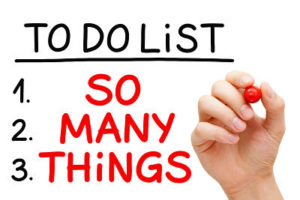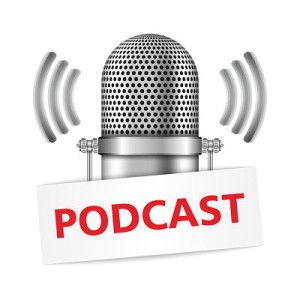How hard is your website working?
June 1, 2016
 Is your website working for you? Believe it or not, websites came into being in the mid-1990s. Only twenty years later – what seemed like an oddity back then is mission critical today.
Is your website working for you? Believe it or not, websites came into being in the mid-1990s. Only twenty years later – what seemed like an oddity back then is mission critical today.
For the first few years, many businesses were trying to understand why in the world they’d ever want a website. Today, it’s a very rare business of any size that doesn’t have a presence online.
Back when websites first came into being, the sites that did exist were little more than a digital brochure with some photos and text that validated the business.
Fast forward to 2016 — if your website isn’t one of your most useful marketing/sales workhorses — you’re missing the boat. Today’s buyers do 60-70% of their shopping online before they ever shoot you an email, pick up the phone or visit your store. This is especially true if you’re a considered purchase of any kind.
They’re not coming to your website because they’re looking for your sales pitch. They’re looking for information and reassurance. They definitely want to learn more about your product/services but they also want to get a sense of your company and the people they’d be dealing with. They want to know if you’re a good fit.
They’re probably not ready to buy after just one visit or point of contact. You’ll need a way to keep in touch with them until they are ready. How are you capturing their email address and what value are you offering for it? Your goal is to keep the conversation going. Is your website working well for you in this regard?
Consider the following questions to get your website working overtime for you.
Do you have a call to action/way for your web visitors to stay in touch “above the fold” on your website? In other words, can they contact you, subscribe to an email newsletter or access some content you’re offering – all without any scrolling? When scoring pages, Google gives priority to content above the fold. Don’t waste this valuable space on just having a large header or image on pages within your site or blog articles.
Does it pass the squint test? Look at your website and squint. Does the ONE thing you want your visitors to do pop out at you? You do have one thing you want everyone to do, right? Make it a bold button or do something to make it pop off the page. You want it to be that obvious.
Do you talk about yourself all over your site or use the space to make your visitor smarter? Make them smarter by teaching them something useful to show them what it would be like to work with you. This is your opportunity to help. The more helpful and focused on educating them you are, the more you are earning their trust and respect.
Where are your visitors going on your site? Thanks to Google Analytics and other tools, you can pay attention to which pages your visitors are looking for/spending time on. That information will help you determine the hot topics that you should focus on in your content development and other communications.
Who will sing your praises? Word of mouth is a powerful tool you should use on the web. Potential customers will be watching for a hard sell or you blowing smoke up their skirt. But even the biggest skeptics appreciate hearing from people just like them who had a good experience. Use testimonials, links to review sites and any third party endorsements to reassure your web visitors that you’re the real deal.
Be ready to review your site with a critical eye. Remember, your web visitors didn’t just happen upon your site. They’re there for a purpose. Be sure you help them achieve their goal, which will serve your goals. Get that website working for you.
More








